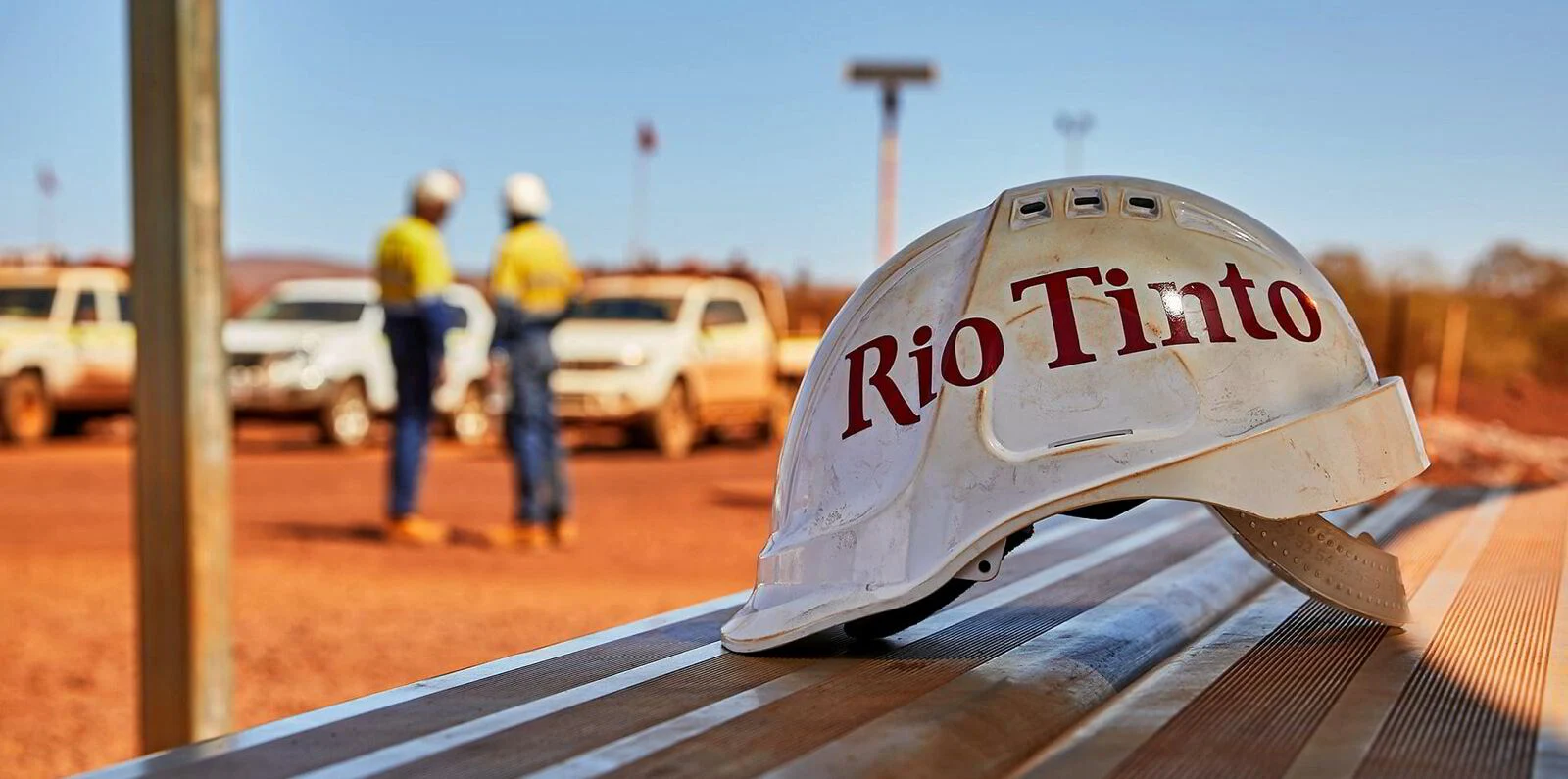Rio Tinto, the UK-Australian mining giant, is set to invest $165 million to refurbish two carbon-anode baking furnaces at its Grande-Baie aluminum smelter in Quebec, Canada. This upgrade is part of the company's broader strategy, which includes advancing inert anode technology at its Arvida plant.
The refurbishment will involve rebuilding the Péchiney furnaces' concrete shell and refractory lining in two phases across 2025 and 2026. These furnaces are critical, supplying about 60% of the 280,000 anodes annually needed for the 816 pots at Rio Tinto's Grande-Baie and Laterrière smelters. During the phased shutdowns for the rebuild, Rio Tinto plans to maintain production by utilizing a third furnace with different technology, stockpiled anodes, and market purchases. This strategy ensures no impact on aluminum production.
The overhaul will reduce Rio Tinto's demand for calcined petroleum coke (CPC) over the next two years, but the long-term CPC demand is expected to stabilize, as the refurbished equipment will serve the smelters for "decades to come," according to the company. The upgraded furnaces are projected to have a lifespan of about 25 years.
Simultaneously, Rio Tinto is making significant strides in commercializing inert anode technology. Last month, the company announced a substantial investment to advance this technology, which could eventually render carbon anodes and the traditional Hall-Héroult smelting process obsolete. Rio Tinto has obtained the first technology license to use the Elysis process at its Arvida smelter. Elysis, a joint venture between Rio Tinto and Alcoa, aims to commercialize inert anode technology. Together with the Quebec government, Rio Tinto will invest a total of $285 million to design, engineer, and construct a 10-pot, 2,500 t/yr plant as a pilot project to demonstrate the Elysis technology. This project is considered a "critical step in Rio Tinto's learning journey towards full-scale industrialization," with first production targeted for 2027. Alcoa has an option to purchase a portion of the aluminum produced during the first four years. Additionally, Elysis plans to launch industrial prototype cells using inert anodes at Rio Tinto's Alma smelter later this year.
Elysis is at the forefront of efforts to replace CO2-emitting carbon anodes, which are made from anode-grade calcined petroleum coke, with inert anodes that release oxygen. Other companies, such as Germany-based Trimet, are also developing similar technologies.
Despite these advancements, carbon anodes are expected to remain in use for the foreseeable future. Rio Tinto's investment in the Grande-Baie baking furnaces underscores this reality. One market participant described it as a "public setback" for inert anode technology, noting that it signals Rio Tinto's intent to continue using carbon technology for the next 10-20 years. Another participant suggested that inert anode technology might not significantly impact carbon anode demand until after 2030, possibly even 2035.














 We publish to analyze metals and the economy to ensure our progress and success in fierce competition.
We publish to analyze metals and the economy to ensure our progress and success in fierce competition.
No comments
Post a Comment